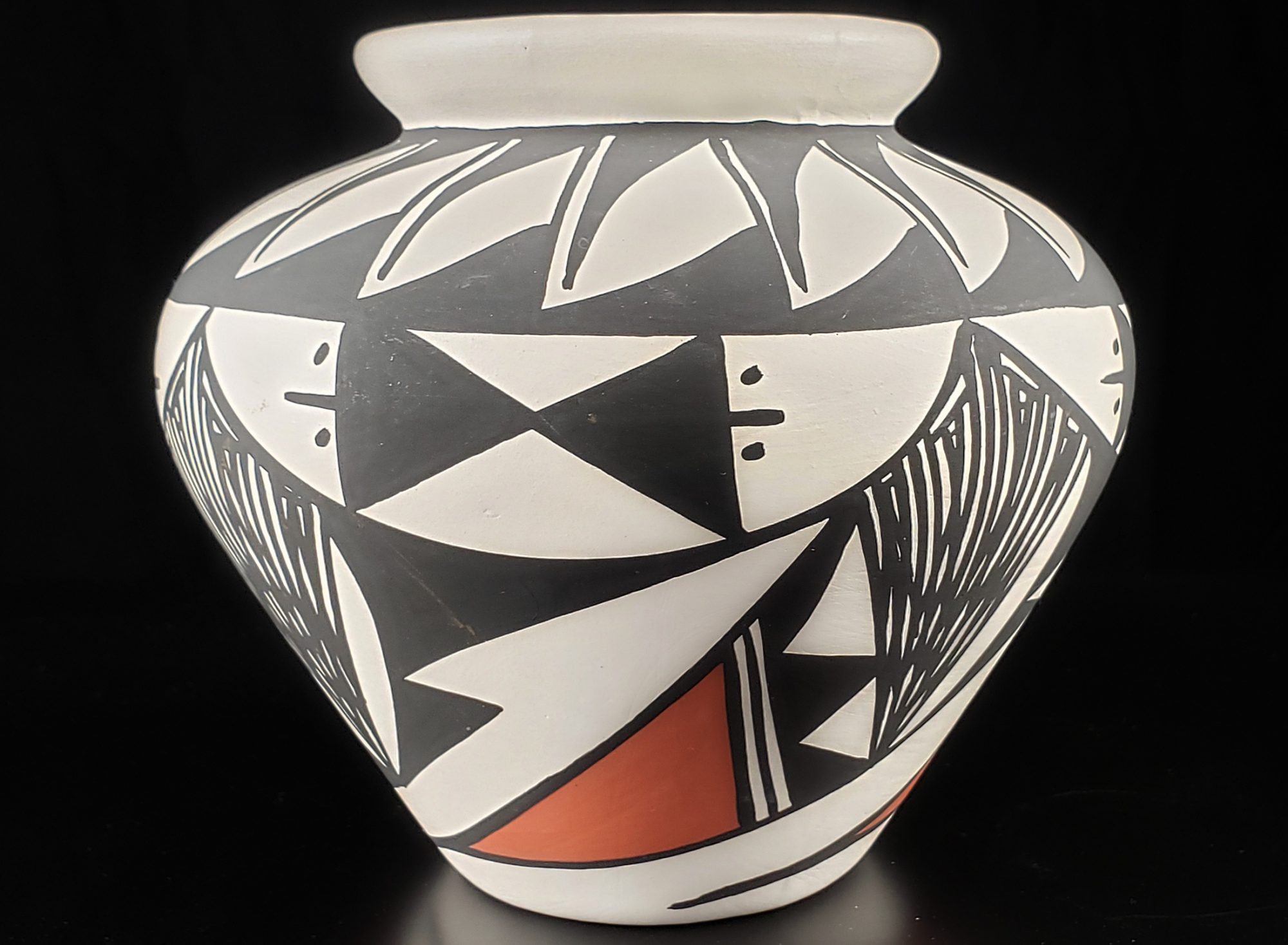Visual search experiment
Files needed:
- Visualsearch.psyexp
- Visualsearchfeaturetrials.xlsx
- Visualsearchconjunctiontrials.xlsx
- Visualsearchblocks.xlsx
- error.wav
Overview. The Visualsearch.psyexp program runs a variation of Treisman and Gelade’s visual search experiment in which participants search for targets that are either (a) defined by a conjunction of features, or (b) represented by a featuralsingleton. On each trial subjects search through a set of colored letters for a specific target letter or color. Subjects indicate via keypress whether the target is or is not present in the display. The target is present on 50% of the trials. Some trials contain distracter letters for total (i.e., target plus distracter) display sizes of 1, 10, and 20 elements.
Details. Run the program by double-clicking on the Visualsearch.psyexp file. This will launch PsychoPy with the experiment timeline loaded. Run the experiment by selecting “run” from the PsychoPy menu (the green running person). A dialog box will appear in which the student can optionally enter their name or initials. Any string entered will become the first part of the name of the data file.
Instructions at the beginning of each block indicate whether the search will be a feature search (search for a blue letter or the letter O) or a conjunction search (search for a green T). For both types of blocks, when a target is found the subject should press the / key. If no target is present on a trial the correct response is a z keypress. The first two blocks contain 24 trials each and serve as practice; one in each condition. Those blocks are followed by 8 blocks of 48 trials each. Each pair of blocks includes one block of each condition, randomly ordered. Each test block contains 8 trials for each combination of display size (1, 10, or 20) and target presence (present or absent). Locations for each element are determined randomly, as is the trial order.
Other details of the method can be learned by examining the timeline and the events in PsychoPy. In cases where attributes of the events are variable, the variables are typically specified in the provided Excel files.
Data analysis. The data are in a *.CSV file in the “data” folder in the Psych/Lab folder. Double-click on this file to open it in Excel. Each row corresponds to a trial. Entries in the column labeled condition show the condition for that trial. Keyresponse.RT contains the reaction time (in seconds). Keyresponse.corr codes whether the response was correct (1) or incorrect (0). The first one (or more) sets of trials might be practice and should not be analyzed. See the instructions elsewhere for creating a pivot table to summarize the data.
